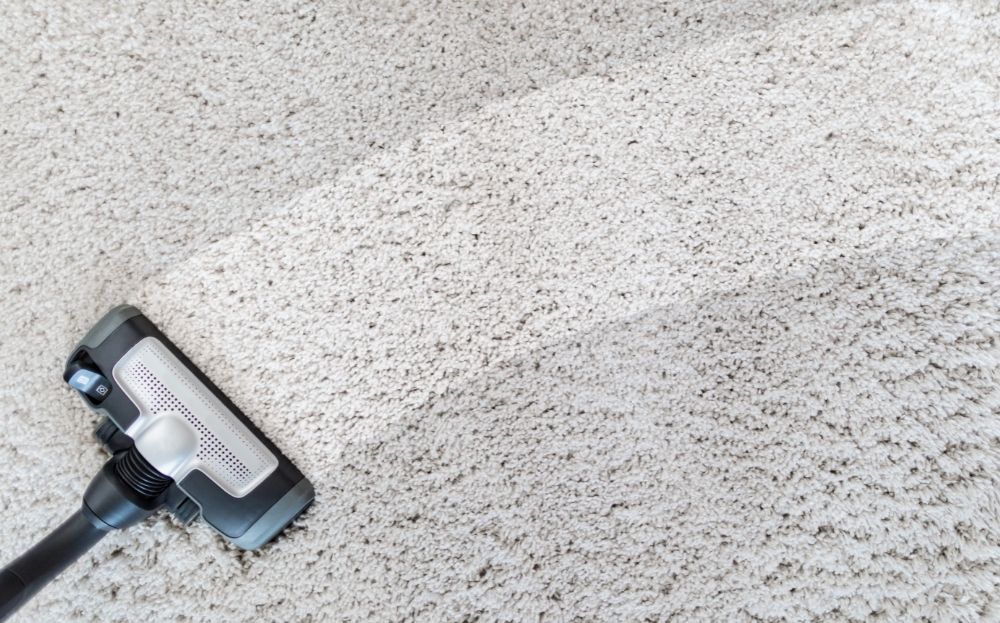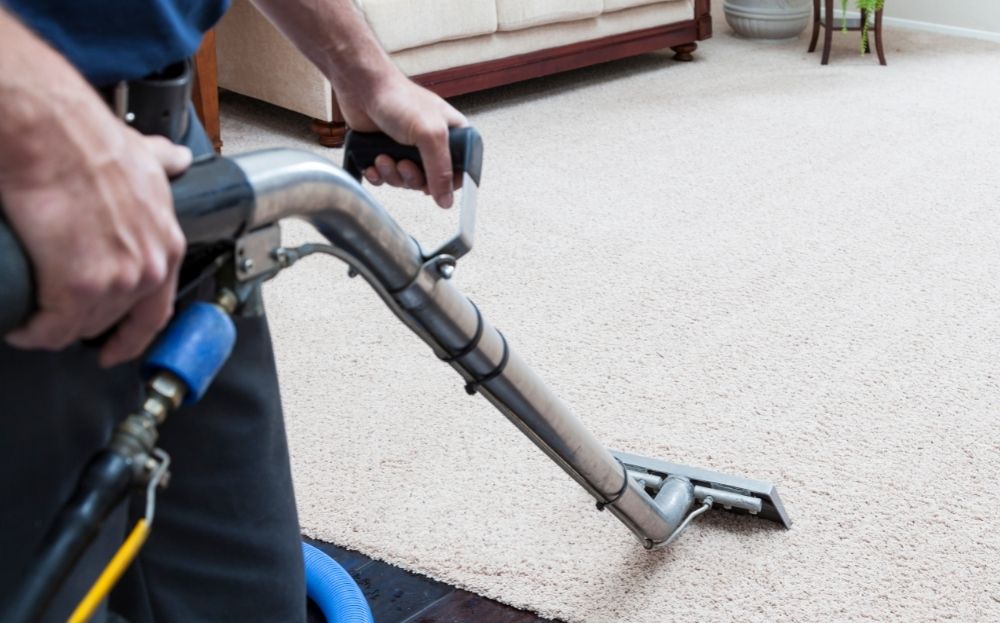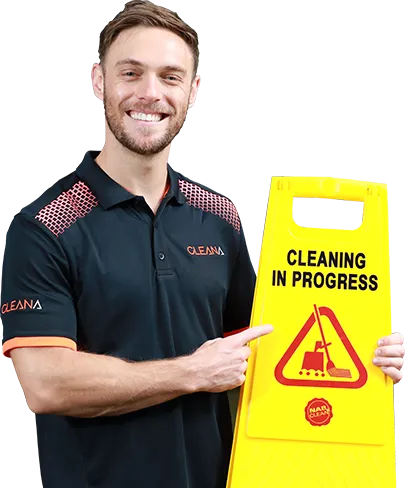Carpet is definitely the softest, comfiest, and warmest flooring type you could have. It is perfect for that real homely home and brilliant if you have kids that love to play on the floor. There is a downside to owning a carpet, they get dirty very easily, and this wouldn’t be so bad if they weren’t way harder to clean than say a hardwood or tiled floor.
If you can be as vigilant as possible and make sure to clean your carpet with a vacuum every time there is any mess then you should be fine. However, it is hard for anyone to keep a constant eye on the state of their carpet, and even when you do, every carpet will need a deep clean now and then.
There are many carpet cleaners out there and you can even hire professional commercial cleaners to come in and deep clean your carpet, but the carpet cleaners that professionals use often involve a lot of chemicals.
But chemicals and professionals aren’t the only options when it comes to cleaning carpets, we can now use steam. Steam cleaning a carpet not only does away with all of the chemicals but can also be easily used by anyone.
Steam cleaners use superheated steam and apply it directly to the carpet where it is needed. This article will give you a step-by-step guide to steam cleaning your carpet along with some handy tips and tricks.
How To Effectively Steam Clean Your Carpet?

Steam cleaners are a domestic cleaning tools that you can pick up for around the same price as a vacuum cleaners and are very popular nowadays for all types of flooring. Here is a step-by-step guide on how to steam clean your carpet.
Remove Any Obstructions
This is step one in any guide on cleaning flooring of any type. For your steam cleaning to be as effective as possible it needs to reach every possible angle and corner of the room that you are steam cleaning in. Therefore, you should remove all the clutter from the room and try to take all the furniture out of the room if possible.
Part of steam cleaning is letting the floor dry naturally, furniture can be a hindrance to that step. If you don’t have any way to move the furniture out of the room you are steam cleaning, we recommend you do one half of the room at a time, moving the furniture from each half into the other.
Vacuum The Floor
This is a very important step in effectively steam cleaning your carpet, the steam cleaner will only clean the floor and will not remove any dust or debris that is left there.
If you have dust and debris there when you are steam cleaning, not only will it still be there after you finish cleaning, it could cause damage to the fibers in your carpet. It is therefore important that all dust and debris is removed from the carpet before you begin to steam clean.
Clean In Small Sections
The easiest and most effective steam cleaners are those which can be handheld and used similarly to a vacuum cleaner, this way they can be maneuvered around your carpet with ease and get into most of the awkward and tight spaces.
A good tip if you are using a steam cleaner on a carpet for the first time is to find a piece of carpet that is usually out of sight, possibly a section of carpet that is usually underneath some furniture.
Although steam cleaners these days are designed to be suited to any carpet without damage to the carpet, some older carpets may have a bad reaction to being steam cleaned and could be damaged.
This is unlikely to happen, but it is always good to play it safe when using a new steam cleaner or steam cleaning a carpet that has never been steam cleaned before.
After you are happy that the steam doesn’t have an adverse effect on your carpet, you can begin to clean the rest of the floor. We recommend that you clean in small sections, carefully and slowly, this way you can monitor the cleaning of your carpet and also know exactly where you have cleaned.
Another good tip is to start at the far side of the room and work your way toward the entrance of the room, this way you don’t have to tread on any clean carpet in order to leave the room before the carpet has dried.
Allow The Carpet To Dry
A lot of modern steam cleaners will use the absolute minimum amount of water necessary to effectively steam clean your carpet, your carpet may even seem dry to the touch right after you’ve steam cleaned it.
However, there is still a great deal of moisture used to steam clean a carpet, and even if the carpet feels dry, it usually won’t be. When allowing a carpet to dry after steam cleaning we recommend that you section off the room for around 24 hours.
The best way to allow the carpet to dry naturally will be to keep it empty and well-ventilated, so as you are leaving the carpet to dry naturally, make sure all of the doors are open, even the windows can be cracked open during the day, and no one is in the room.
If your carpet manages to get dirty as it is drying, this could be very difficult to clean. All a steam-cleaned carpet needs are time and air. If someone has to enter the room while it is drying then a great tip is to just pop some clean plastic bags over their shoes.
Steam Cleaning Tips

Take Your Time
Sometimes when cleaning a thick carpet, there may be quite a lot of resistance from the steam cleaner as you try to move it back and forth.
Make sure not to force the steam cleaner across your floor, move it slowly and take your time. If you try to force a steam cleaner across your carpet then it could cause major damage.
Settle Into Your Steam Cleaner
Every steam cleaner is different. Each one has a different combination of water and energy, some steam cleaners will be much more powerful than others, and having it on the highest setting could damage your carpet. Always start on the lowest setting with your steam cleaner and move up if you have to.
Don’t Rely On Steam Cleaning
If you look after your carpet properly, you only need to steam clean it once every two to three years. Using your steam cleaner more frequently than that could damage your carpet over time. Take steps to look after your carpet by not using shoes, vacuuming regularly, and dealing with stains as soon as they occur.

